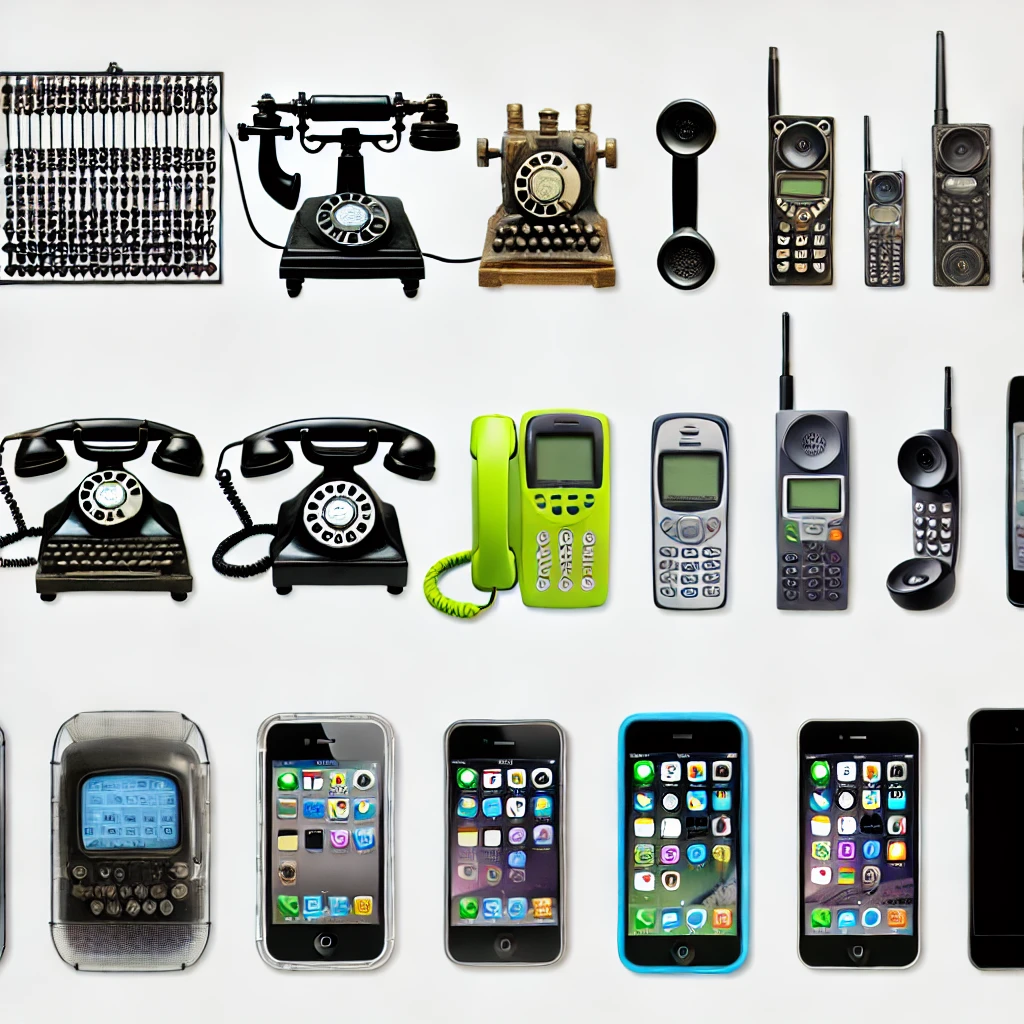The world of telecommunications has witnessed remarkable progress in the past few decades. From simple SMS capabilities to blazing-fast internet speeds, mobile networks have evolved to transform how we communicate and consume content. Among these advancements, the introduction and widespread adoption of the 3G network was a milestone that set the stage for much of the technology we rely on today.
This blog will explore the fundamentals of the 3G network, how it impacted 3G mobile technology, and why we’re now transitioning from 3G to 4G (and beyond). Whether you’re curious about 3G internet speed, the compatibility of 3G phones, or how 3G and LTE compare, we’ve got you covered.
What Is a 3G Network?
The 3G network, short for “third-generation” wireless technology, revolutionized mobile communication when it was introduced globally in the early 2000s. It improved upon 2G networks by enabling faster data speeds, smoother voice calls, and the ability to access multimedia services. The evolution of 3G technology was key to enabling mobile internet, video streaming, and social media on-the-go.
Capabilities of the 3G Network
- Enhanced Connectivity: The 3G network speed offered an impressive jump from 2G, averaging around 384 kbps with peaks up to 2 Mbps under optimal conditions. This made browsing, downloading apps, and streaming basic videos possible.
- Support for Mobile Apps: The 3G network marked the era of mobile apps, allowing developers to create applications that leveraged faster internet speeds.
- Multimedia Messaging: For the first time, 3G phones enabled users to send and receive multimedia messages seamlessly, including pictures and short video clips.
- Better Voice Quality: Compared to 2G, the 3G network improved voice call clarity, ensuring fewer dropped calls and interruptions.
From 3G to 4G
The transition from 3G to 4G marks a significant transformation in mobile technology, continuing the trajectory toward unprecedented speed, efficiency, and reliability. 3G technology laid the groundwork for using mobile data, but as user demand increased, it became necessary to introduce the fourth generation of wireless technology.
Why Progress from 3G to 4G?
Although 3G mobile networks were revolutionary, they couldn’t keep up with the growing demands for high-speed internet and real-time access to information. Here’s why the shift to 4G became inevitable:
- Speed and Bandwidth: 3G internet speed, while groundbreaking at the time, was insufficient to handle the bandwidth-intensive activities that became common, such as HD video streaming and cloud computing. 4G delivered speeds up to 100 Mbps, providing a seamless experience for these activities.
- Real-Time Applications: The rise of mobile apps, requiring extremely low latency, made 3G network speed less viable for modern uses like online gaming or live video conferencing.
- Efficient Data Handling: With the number of mobile 3G mobile devices skyrocketing, 3G technology faced congestion issues, prompting the need for the more robust infrastructure of 4G.
Despite its limitations, however, the 3G network remains a fundamental part of mobile history. Many 3G phones continue to operate in regions where newer networks are not yet fully available.
The Role of 3G Mobile Technology in Everyday Life
The introduction of 3G mobile technology changed how people interacted with their mobile phones and the internet. Here’s how it made a difference:
Revolutionizing Mobile Devices
Before 3G technology, phones were mostly used for calls and the occasional SMS. With 3G phones, users could:
- Browse the internet directly from their mobile devices.
- Use GPS for navigation with apps like Google Maps.
- Stream music and videos on platforms like YouTube.
- Participate in mobile-based social networks like Facebook and Twitter.
Boosting Business and Communication
- Remote Work: 3G network speed enabled people to send files, access emails, and connect via audio and video calls when working remotely.
- Online Shopping: For the first time, mobile shopping apps gained widespread adoption thanks to the functionality provided by 3G internet speed.
- Banking on the Move: Applications for banking and financial services flourished as users could now transfer money and check balances from their 3G phones.
Connecting the Unconnected
One of the most significant achievements of the 3G network was expanding internet connectivity to rural and underserved areas where broadband wasn’t viable. Many users experienced their first connection to the internet through a 3G mobile device.
The Differences between 3G and LTE
Today, 3G and LTE remain prevalent topics, especially in areas transitioning to advanced networks. While both terms describe mobile network generations, they are quite distinct in their capabilities.
Comparative Features
- Speed: 3G network speed was groundbreaking for its time, but LTE (“Long Term Evolution”) surpassed it with speeds of up to 150 Mbps. This made LTE excellent for high-bandwidth activities.
- Latency: 3G mobile networks have higher latency compared to LTE, making the latter more suitable for real-time applications like VoIP and online gaming.
- Infrastructure: LTE requires more advanced infrastructure, limiting its availability in rural and underdeveloped regions where 3G networks still thrive.
Despite LTE offering superior advantages, 3G and LTE often coexist to ensure users have coverage where newer networks are still being rolled out.
The Decline of 3G Phones and Infrastructure
With the rise of 4G and now 5G, many countries are beginning to retire 3G networks entirely. This shift is driven by the benefits of newer technologies and the costs of maintaining older systems. However, millions of 3G phones are still in use today, particularly in developing nations and by users with basic data requirements.
What Happens to 3G Users?
If a country phases out its 3G network, users will need to upgrade to devices compatible with 4G or 5G to stay connected. For those using older devices (e.g., 3G mobile phones), this can mean significant investment but also access to faster, more secure systems.
Is 3G Still Relevant?
Though its usage is declining in favor of newer technologies, the 3G network remains relevant in specific contexts:
- Backup Connectivity: Some regions use 3G technology as backup connectivity if faster networks are unavailable or temporarily down.
- Affordable Mobile Plans: Individuals who don’t need high-speed internet can still benefit from affordably priced 3G internet speed services.
Why the Legacy of 3G Technology Matters
While we increasingly rely on faster and more advanced networks, it’s important to acknowledge the foundational role 3G played in enabling today’s technologies. From empowering businesses to enhancing personal communication, 3G technology has left an indelible mark on the telecom landscape.
If you’re using a mobile 3G mobile device and are considering upgrading, exploring modern 4G-compatible phones might offer a new level of speed and efficiency. The past may power the present, but the future of mobile networks is already here.




